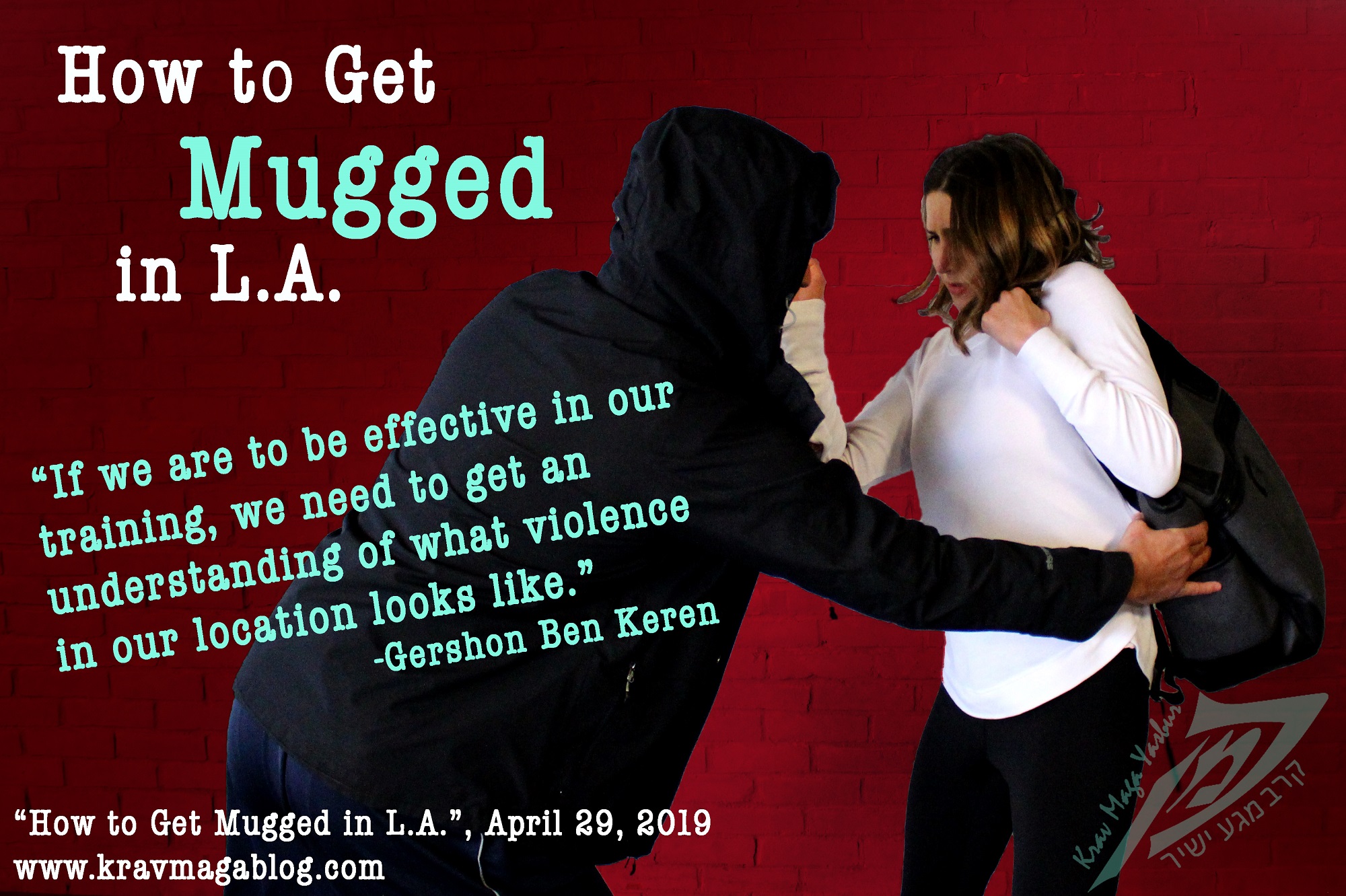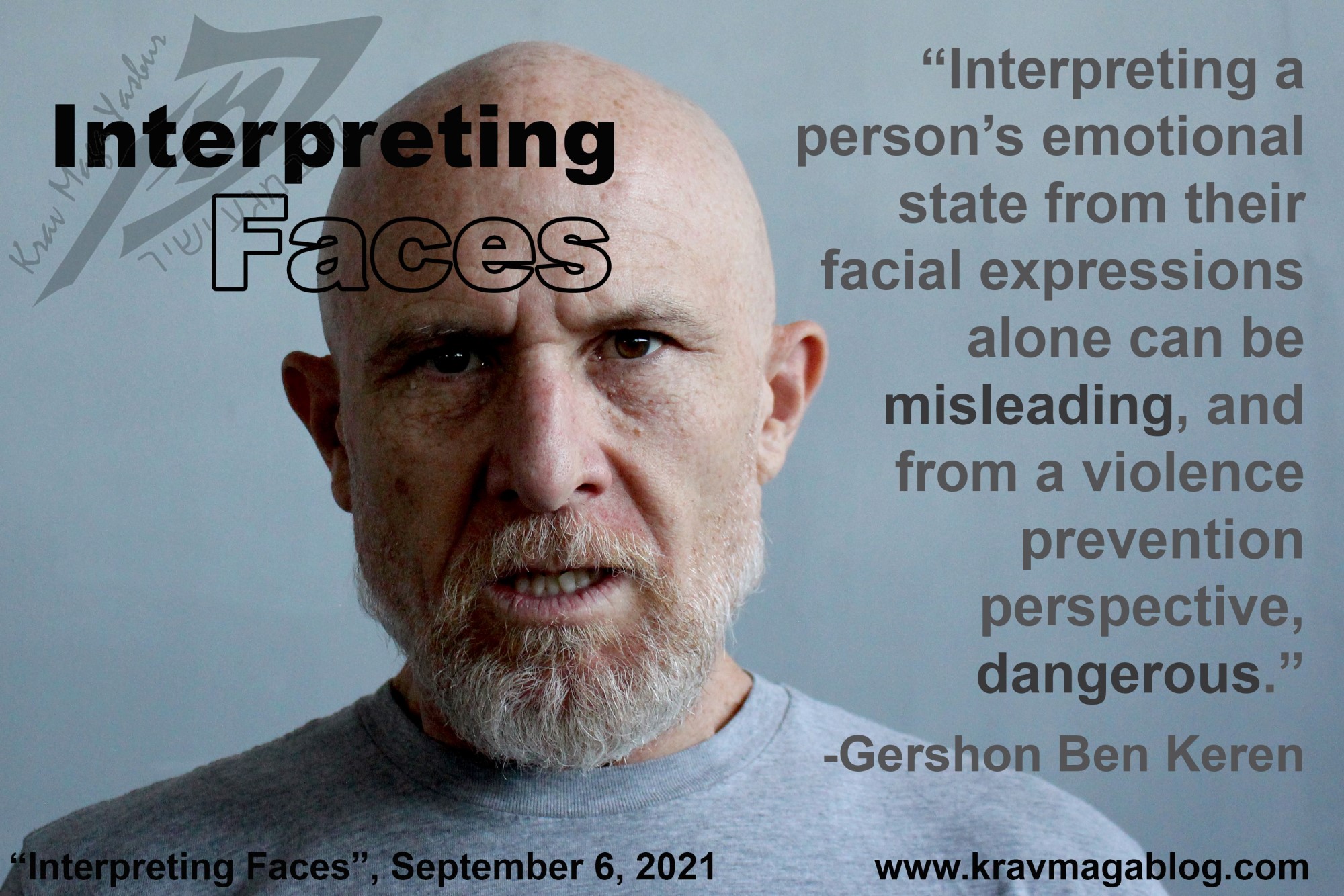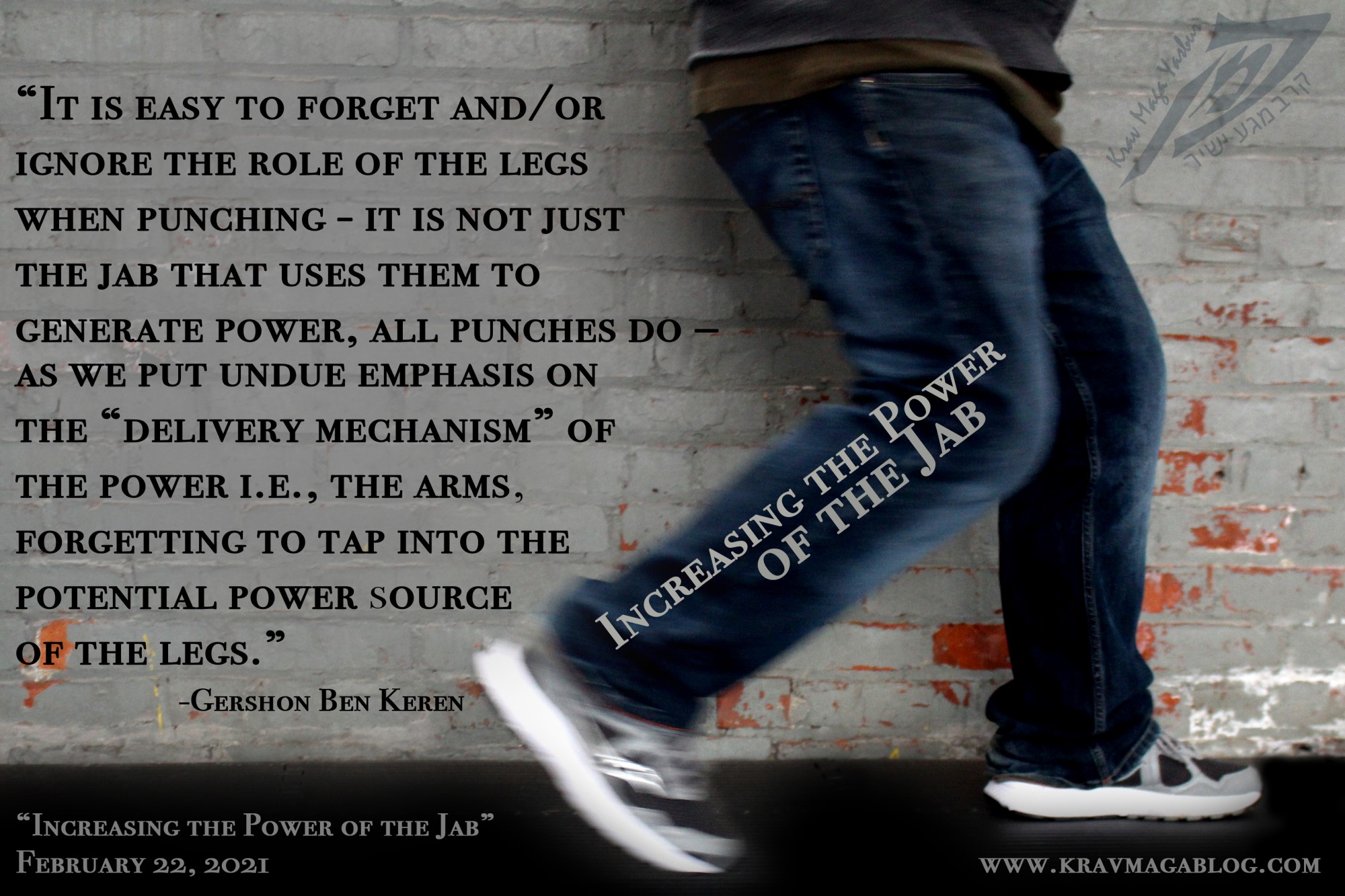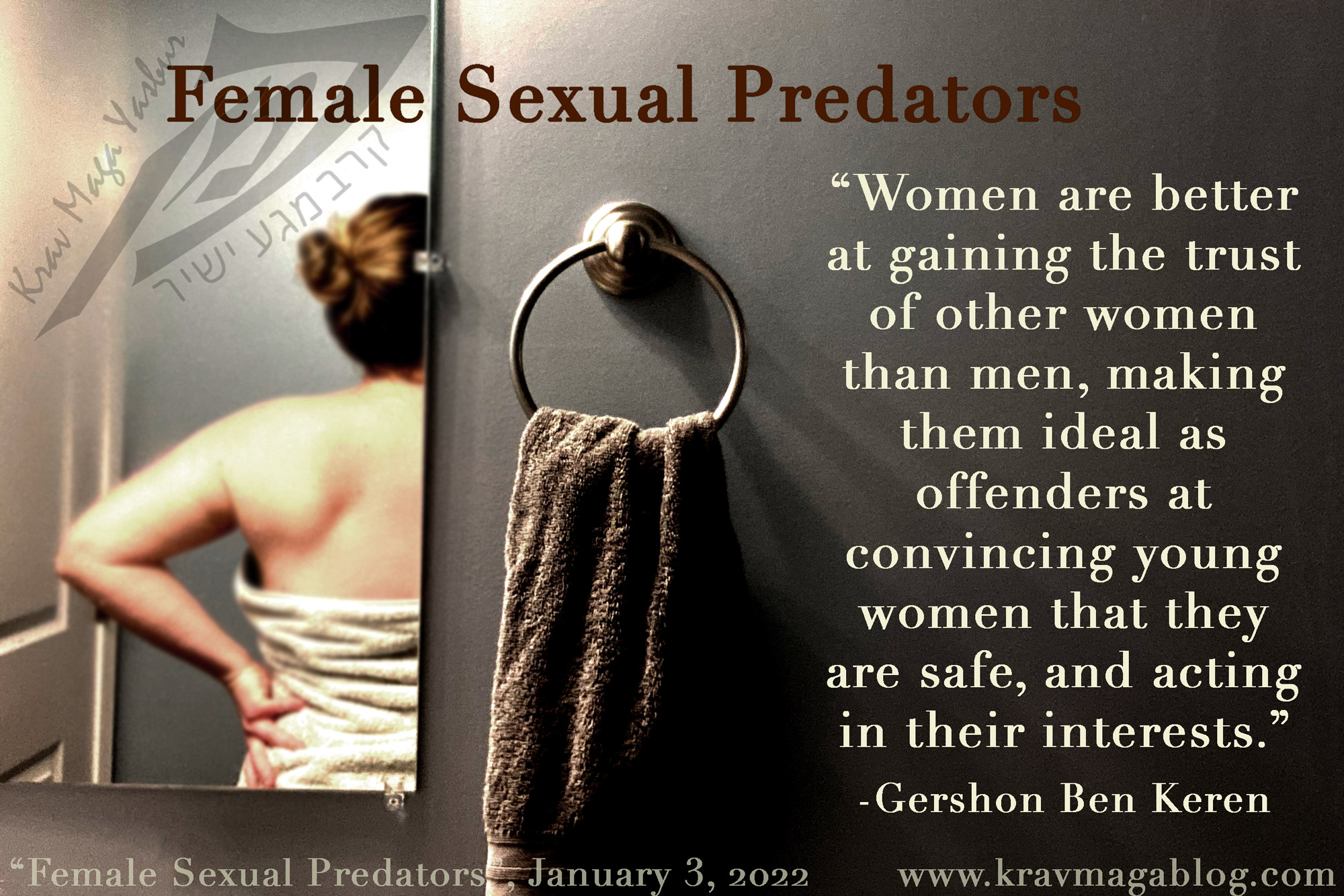Female Sexual Predators, is an article written by Gershon Ben Keren, a 5th Degree Black Belt in Krav Maga, who teaches Krav Maga in Boston, MA. He has also authored three Amazon best-Selling Books on Krav Maga.
There are two groups we tend not to think about regarding committing sexual assaults: women and young children. However, both groups do commit rapes and sexual assaults - just not at the same rates as men – and are largely under-reported and under-studied due to a variety of reasons (Turner et al., 2008). In the case of some child offenders, these assaults can’t be officially recognized as they fall below the age of criminal responsibility. By not recognizing the danger that such groups can potentially pose, we can create blind spots that they can exploit. This was illustrated this past week in the trial and conviction of Ghislaine Maxwell, who was convicted of sex-trafficking (amongst other charges) having procured under-age women for her former boyfriend, Jeffrey Epstein, to sexually assault; assaults that she was also sometimes present at, and at other times directly involved in. There is sometimes a public perception that those who are sexually victimized by female offenders aren’t as traumatized as those victimized by men, however there is substantial research that shows this is not the case (Denov, 2004) – and victims are generally less likely to be believed than those assaulted by men, especially when the perpetrator is the mother. In this article I want to look at the Ghislaine Maxwell case and how it serves as a representation for female sexual offenders and the ways in which they offend.
One of the reasons that female sexual offending against minors is under-researched is that such offenses go against the public perception of mothers – and women in general – as being naturally nurturing, protective, and not sexually aggressive etc. This was a view that Maxwell exploited, presenting herself as a trustworthy and caring individual to those she victimized. This perception of women not being natural predators, has led to the view/belief that women only commit such acts if suffering from some form of mental illness and/or are forced/coerced by men into behaving this way. Something which in turn ascribes a victim status to the offender. However, whilst co-offending, with a male partner is more prevalent with female sex offenders than with male, it still only accounts for around a third of all cases where women are involved, many also solo offend before and after these incidents (Cortoni et al., 2017). Like male sex offenders, women engage in sexual assaults for a variety of reasons, including sexual gratification, intimacy issues, humiliation, and revenge (Harris, 2010) etc., and so it is important to acknowledge these motivations rather than try to explain all sexual offenses as being acts of coercion.
Whilst it may at first seem that sexual offenses by women are rare, and arrest and conviction data would appear to support this, an NSPCC study (2007) of calls to their child line found out that 5% of girls and 44% of boys reported that their sexual abuser was a woman, suggesting that male victims were almost as likely to be assaulted by a woman as a man. As we try to understand Ghislaine Maxwell’s offenses, it would be easy to write her off simply as an “accomplice” to Epstein, and downplay her role, believing him to be the primary predator and her simply facilitating and supporting him in these assaults, however we should not simply on the basis of gender see her as less culpable for these offenses; one of the women victimized referred to Maxwell as being “more evil” than Jeffrey Epstein (Anguiano, 2021). Rape and sexual assaults are motivated by a number of factors, but underlying motivators are the need to experience power and control, something that Maxwell would have experienced in sourcing out vulnerable young women for Epstein, and on occasion herself, to sexually/physically assault. She may well have also enjoyed a sense of power in being a woman, operating at the highest level, in a male dominated sex ring. Sexual assaults usually have issues of power reassurance and/or assertion (Fox et al., 2021), and simply by being a part of such a group would have offered her these things.
The role of women in sex trafficking has a long history, and Maxwell is by no means unique i.e., it is estimated that internationally 38% of those involved in human trafficking are women and in Eastern Europe and East Asia, women are twice as likely to be involved in trafficking than men (68% female, 32% male) (UNOCDC, 2010). Despite the relatively high number of women involved in this activity, a Dutch study found that women only made up about 14% of those at the top of sexual exploitation trafficking organizations, making this a largely male-controlled crime industry (Van Dijk et al., 2002). Women are better at gaining the trust of other women than men, making them ideal as offenders at convincing young women that they are safe, and acting in their interests. What perhaps makes Maxwell’s crime seem more heinous, is that many women involved at the lower ends of sex-trafficking are doing so for financial reasons, such as to escape poverty. This is not meant to justify their crimes or lessen the impact of them in any way, however Maxwell was part of a multi-billion-dollar media industry and had no financial reasons to engage in this activity. She was simply a sexual predator searching for victims in order to meet her own personal needs and desires. There are no mitigating circumstances to her crimes, and this is perhaps one of the most important take-aways concerning sexual predators: they come in all shapes and sizes, and don’t fit a particular socio-economic profile etc. They do however use whatever they have to gain our trust, and in Maxwell’s case her status, smile and wit were the tools she used. None of those she victimized had any reason to believe she meant them harm. Each person she targeted, was groomed, in a way that saw them do something small first, something that they would have difficulty telling themselves was sexual, such as giving a foot massage to Epstein, but at the same time being emotionally aware that it was. Each step and act closed a door behind them meaning they could only, always go further. Maxwell seems to have been fully aware of the process she was engaged in.
I hope that the Maxwell verdict changes our view about and towards female child sex offenders (FCSO), so that we can start to see them as sexual predators who are as dangerous as their male counterparts, whether they offend alone or with a partner. Whilst children, and young people, are still statistically safer with women than with men, we should acknowledge that this is a statistic, and doesn’t change the personalities of those we interact with, and money, status and a nice smile are not indicators of good character.
0 COMMENTS















